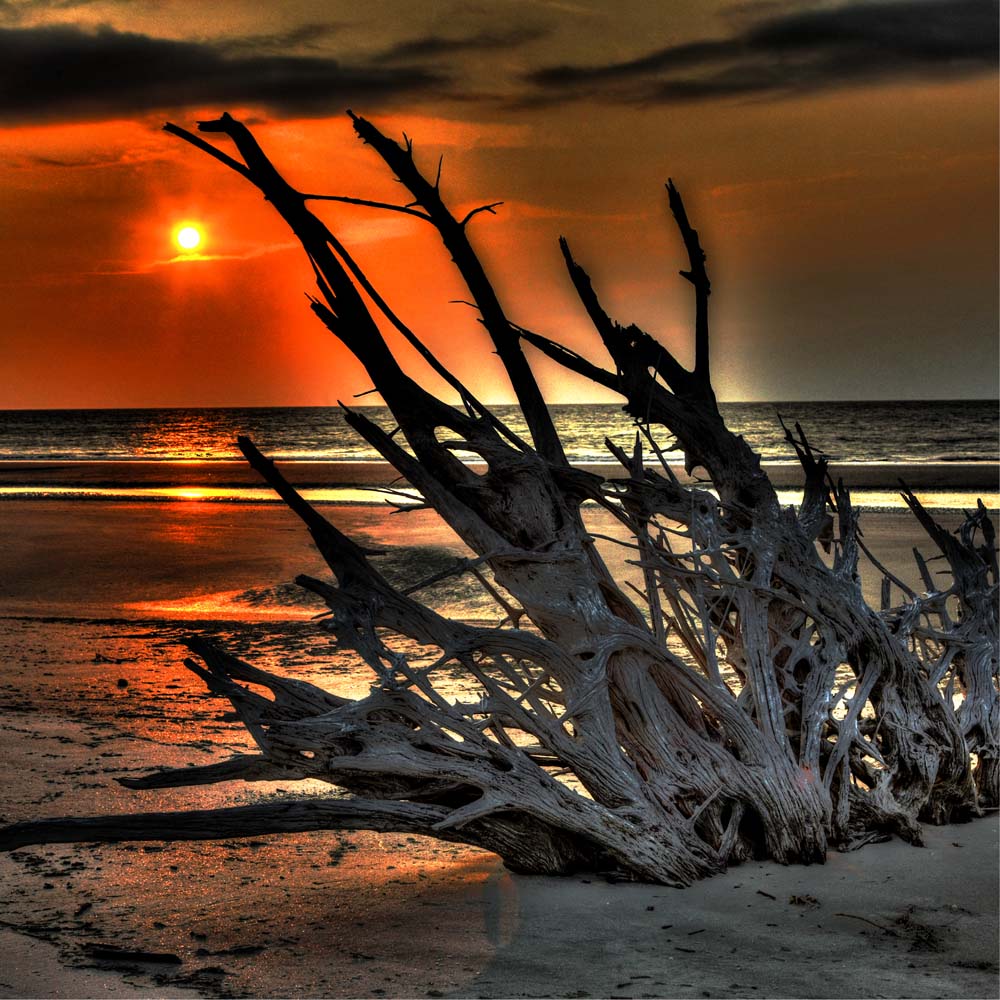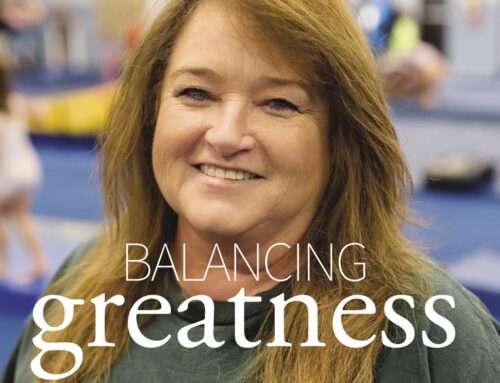
Ossabaw Island
WORDS BY Buddy Sullivan PHOTOS BY Jill Stuckey
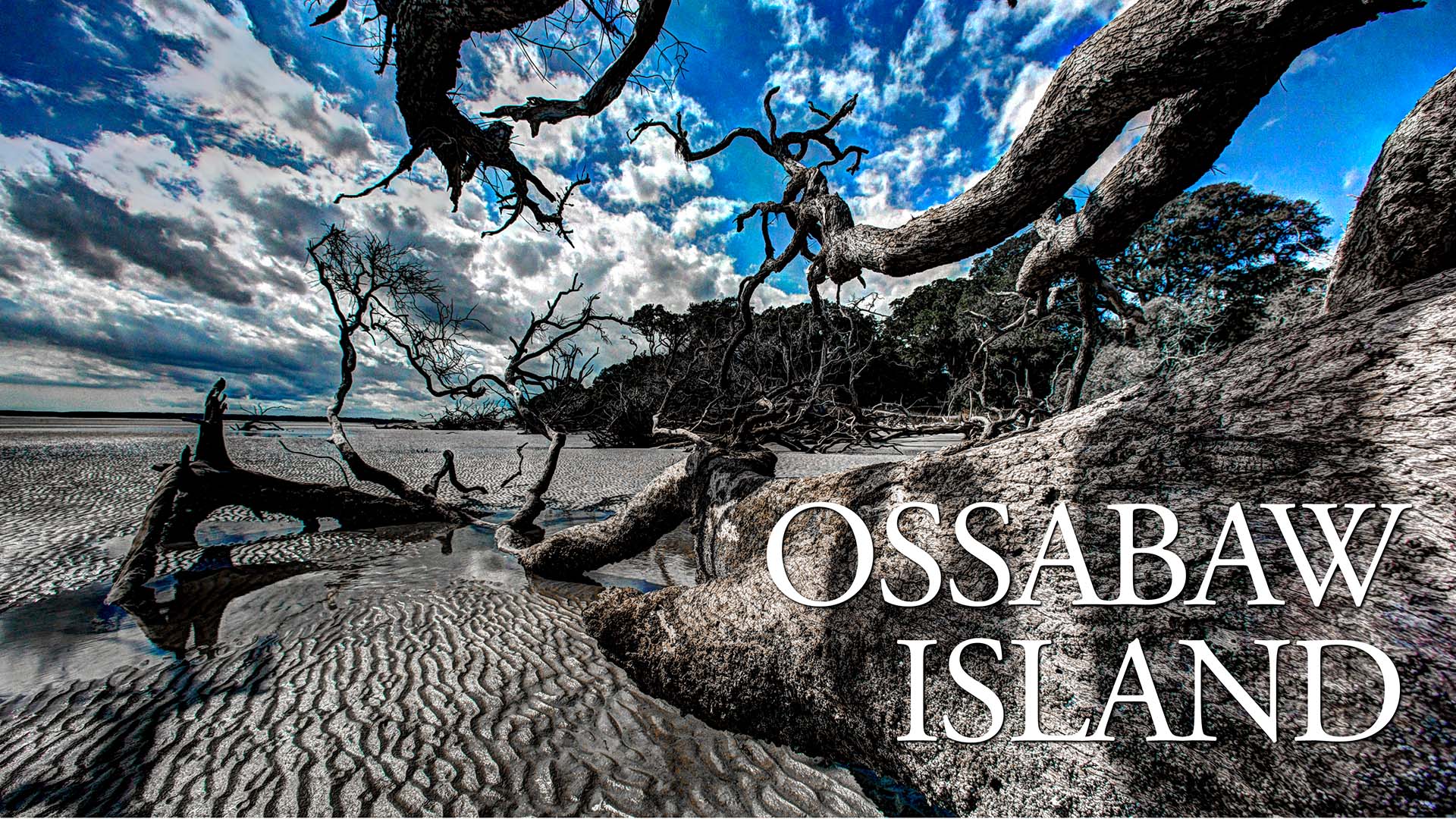
Ossabaw is one of the largest of the south Atlantic barrier islands with a rich tapestry of human history. Native Americans hunted deer and built shell mounds in Ossabaw’s maritime forests over 4,000 years ago, before Spanish explorers made the island the northern part of their province of “La Florida” in the late 1500s. After the colonization of Georgia, Ossabaw became the scene of extensive agricultural and timber activity.
John Morel was the first of a series of 18th and 19th century island owners to utilize Ossabaw for the harvesting of live oak timber for shipbuilding and cotton cultivation. By 1860, Ossabaw had three large cotton plantations owned by Bryan McQueen Morel (North End), George Jones Kollock (South End), and Alexander McDonald (Middle Place). A fourth agricultural tract, Buckhead, was partitioned from South End by the Morels in 1802. The island was originally part of Bryan County, but in 1847 the Georgia legislature approved its jurisdiction being shifted to neighboring Chatham on the petition of its plantation owners, all of whom had their commercial and social interests tied to Savannah.
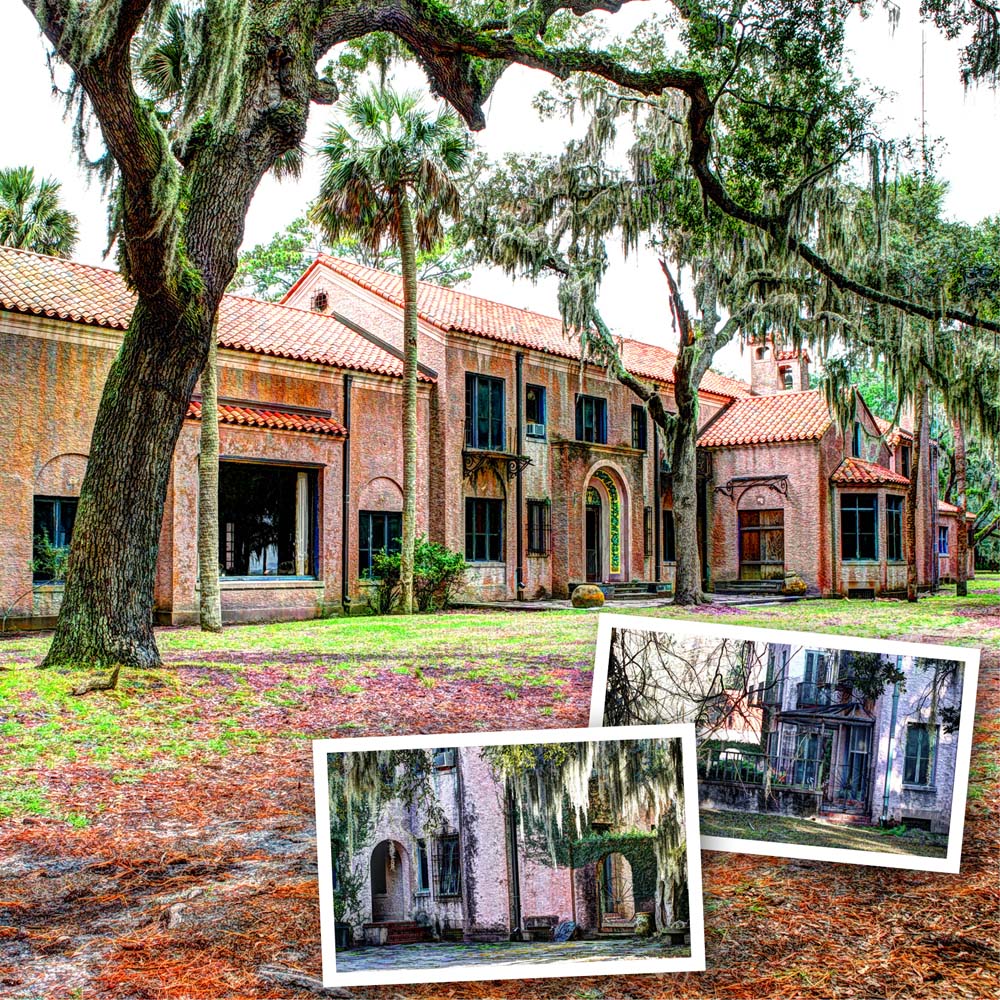
During the Civil War, Union warships patrolled Ossabaw Sound as part of the blockade of Savannah, and to facilitate attacks on Fort McAllister up the Ogeechee River. During Reconstruction, and for several years after, Ossabaw hosted a community of former slaves and their descendants, most of whom migrated to the mainland before 1900 and began the community of Pin Point.
In 1886, James M. Waterbury of New York City bought Ossabaw’s North End and built the Clubhouse as a hunting lodge, a structure that still stands after restoration. In 1895, the Wannamaker family of Philadelphia acquired large portions of Ossabaw and constructed several dwellings. John Wannamaker founded what became the largest department store chain in America by the end of the 19th century, and his flagship Philadelphia store was regarded as the finest in the land.
Henry D. Weed, a wealthy Savannahian, began buying parcels of land on Ossabaw in 1906, including North End, Middle Place, and South End. When he acquired the Buckhead tract in 1916, he possessed the entire island, becoming the first owner to do so since the late 18th century.
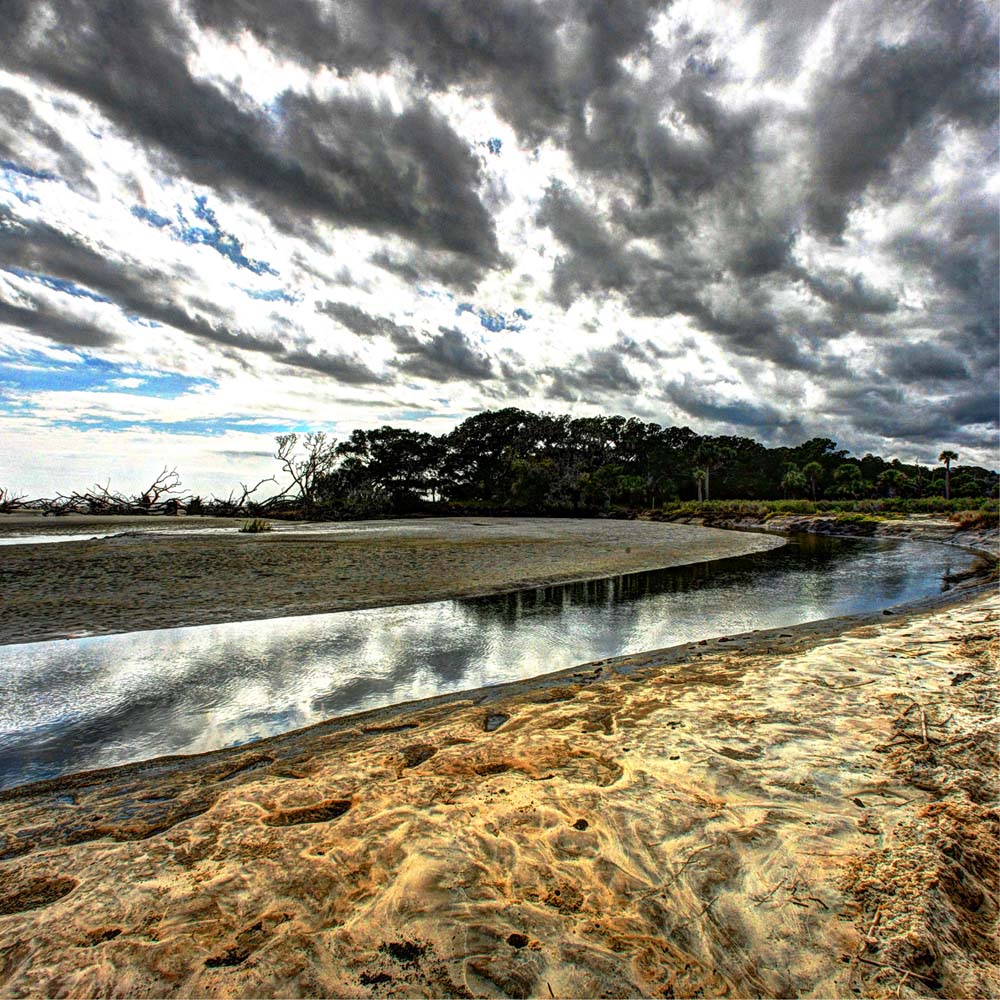
Ossabaw’s modern history began in 1924, when the island was purchased by Dr. Henry Norton Torrey (1880-1945) and his wife Nell Ford Torrey of Detroit, Michigan. The Torreys had a seasonal home on the Wilmington River near Savannah; when it burned in early 1923 they sought other property for their winter residence. Ossabaw fit their needs perfectly with its isolation, history, and natural beauty. Dr. Torrey was an industrial surgeon in Detroit while Nell Torrey was the daughter of John B. Ford, founder of the Pittsburgh Plate Glass Company.
From 1924-1926, the Torreys built their Ossabaw residence: a tile-roofed Spanish revival home on the island’s North End overlooking Ossabaw Sound and designed by Savannah architect Henrik Wallin. Set in a natural landscape of live oaks, palms, and spectacular gardens, the house featured stuccoed walls, terra-cotta ornamentation, and iron balconies and window grills.
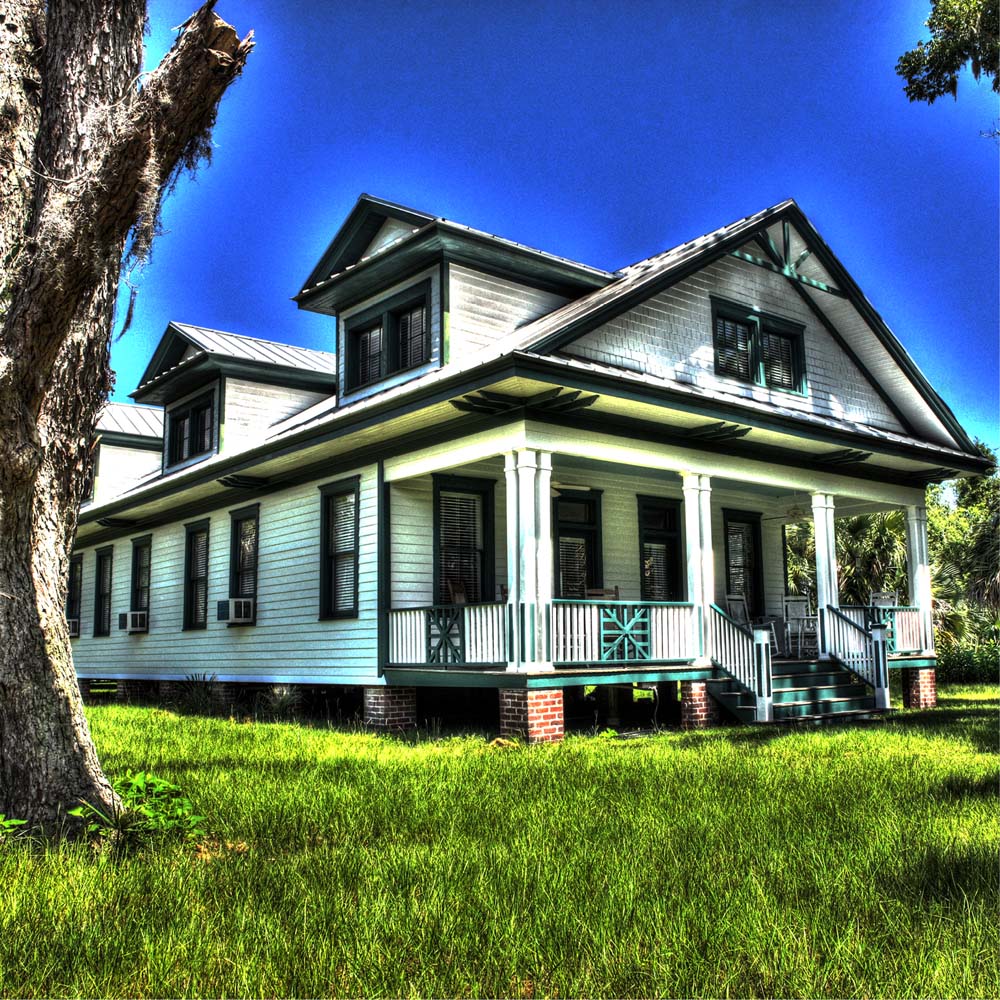
The Torreys had a yacht and acquired a small tract for a mainland dock at Vernon View south of Savannah. The main Ossabaw dock, Torrey Landing, was at the North End near the residence and featured a picturesque causeway lined with palms. The Torreys brought a Packard automobile to the island, along with a chauffeur; a tutor often accompanied the family from Michigan to work with their children during their seasonal sojourns. The Torreys also built a beach house at Bradley Beach on the east side of the island.
Prominent visitors came to Ossabaw in the 1920s and 1930s, among them the Torreys’ coastal neighbors, Howard and Matilda Coffin of Sapelo Island. Henry and Clara Ford of Detroit often visited the Torreys during the Fords’ winter sojourn in Ways Station on the Bryan County mainland. Possibly on the advice of Coffin and Ford, Dr. Torrey had farming and livestock operations at Middle Place, Buckhead, and South End.
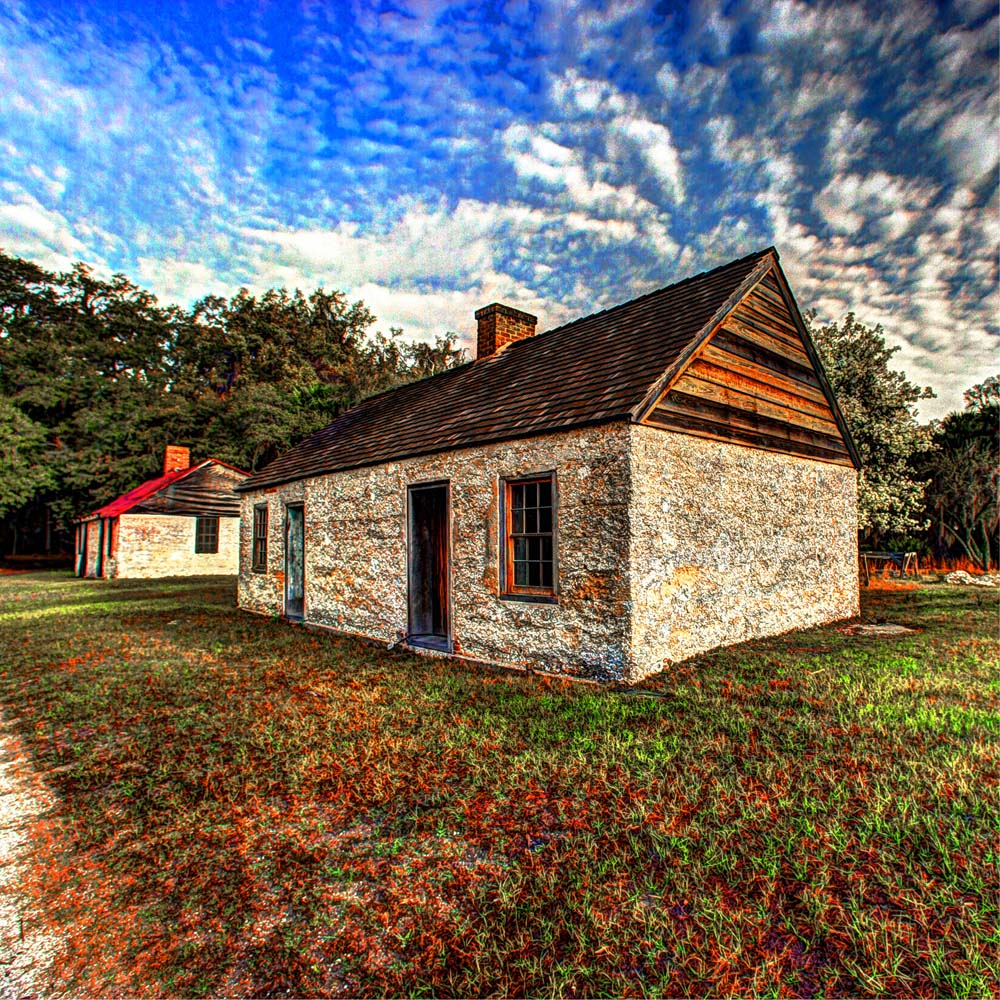
Torrey noted in his monograph, The Story of Ossabaw (1926), that when he acquired the island in 1924 there were approximately 2,000 wild cattle on the island and about 10,000 hogs. He wrote, “Owing to tick infection in the cattle we decided to eradicate them, but as the animals were very wild and dangerous, and their range so extensive, it proved a most difficult problem. However, one year’s work by Texas Cowboys completed the task.”
Torrey continued, “The wild boar proved a very different proposition, and in spite of the most strenuous endeavors, we have only managed to keep down the natural increase. They range in size from pigs to boars 300 pounds in weight, which with their long, sharp tusks, great strength and ability, make savage foes when at bay.…”
Dr. Torrey died in 1945, and his widow visited Ossabaw only infrequently thereafter. Their son, William Ford Torrey, continued to live on the island and conducted timbering and pine tree planting operations, with a sawmill in operation in the late 1950s and early 1960s. The younger Torrey died in 1956. The Torreys’ daughter, Eleanor Torrey, married Clifford B. West, Jr. in a ceremony held on Ossabaw in 1952.
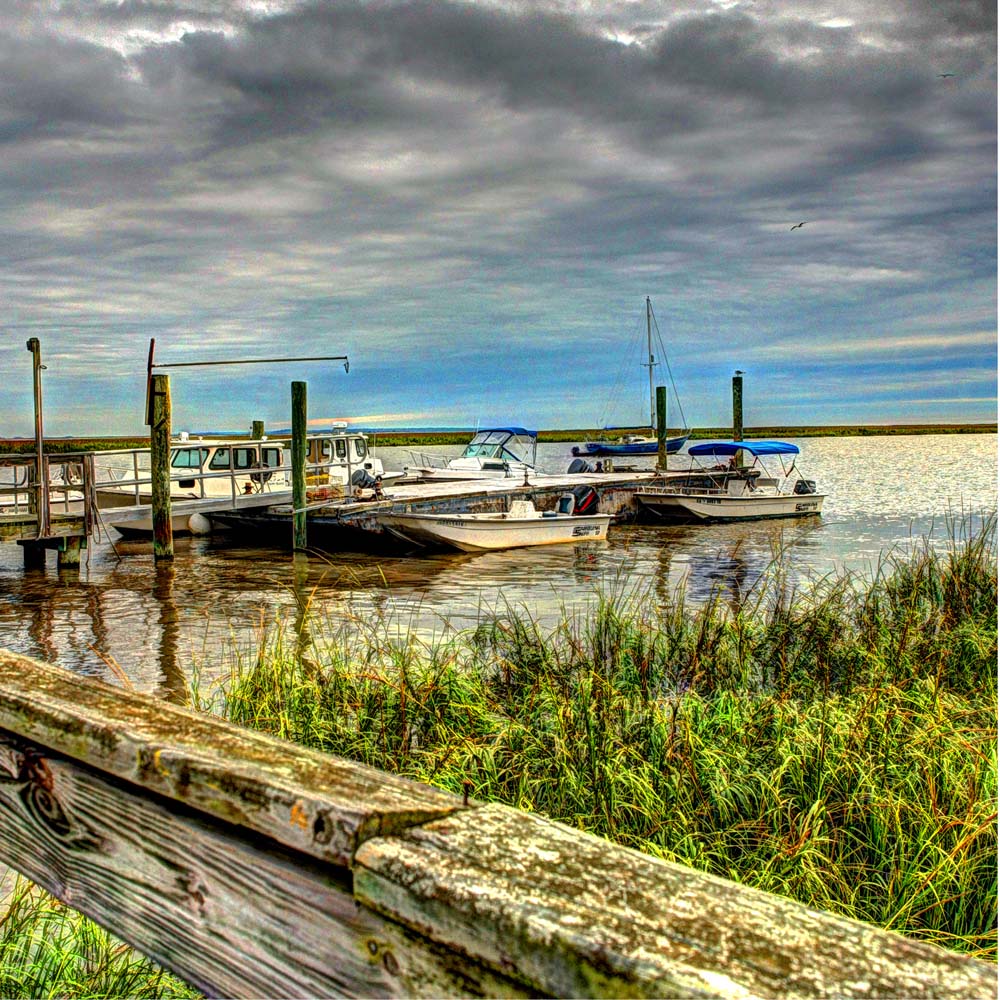
In 1961, Eleanor “Sandy” Torrey West and Clifford West established the Ossabaw Foundation for the preservation and educational enhancement of the island. The Wests coordinated four ongoing programs in the 1960s and 1970s: the Ossabaw Island Project, the Genesis Project, the Professional Research Program, and the Public Use and Education Program.
The highly-successful Ossabaw Island Project was an interdisciplinary program through which qualified participants were invited to the island from the U.S. and abroad to conduct their research in the arts, humanities, and sciences fields. During the 8 months a year the Project operated, the Wests lived in the Clubhouse built years earlier by the Wannamakers while the resident scholars resided in the main house.
The Genesis Project was begun in 1970 to provide Ossabaw as a platform for people of all skills and talents to come to the island to undertake independent projects and initiatives, usually associated with ecological, botanical, and zoological investigations. Genesis participants lived in makeshift quarters at Middle Place on the west side of the island; some of these structures still remain.
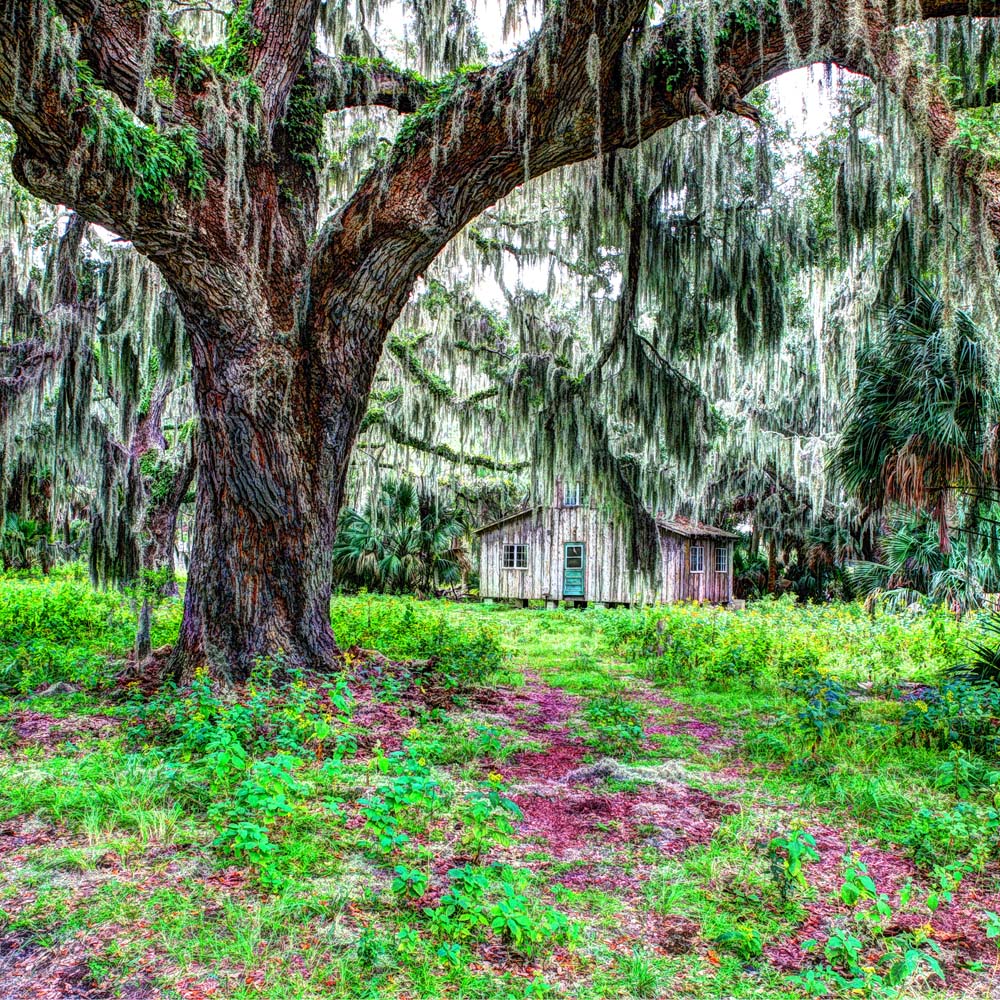
Roger Parker, the longtime caretaker and assistant to Mrs. West, came to Ossabaw following his uncle who arrived in 1951. The Caretaker’s House, where the Parker family lived for many years, was built in 1955.
Through a combination of purchase and donation by the Torrey family—largely through the efforts of Sandy Torrey West—the State of Georgia acquired Ossabaw Island in 1978. Ossabaw became a Heritage Preserve to be used solely for “natural, scientific and cultural study, research and education and environmentally sound preservation of the island’s ecosystem.” The state built a hunting facility at South End-Newell Creek to complement a camping facility built in 1971 at South Beach for the use of educational groups. Mrs. West retained a 24-acre life estate on the North End, which included the main house.
Sandy West passed away on her 108th birthday on January 17, 2021. Ossabaw Island is owned by the State of Georgia. Today, the Ossabaw Island Foundation and the Georgia Department of Natural Resources work together to manage the island and fulfill the mission of the Heritage Preserve.
